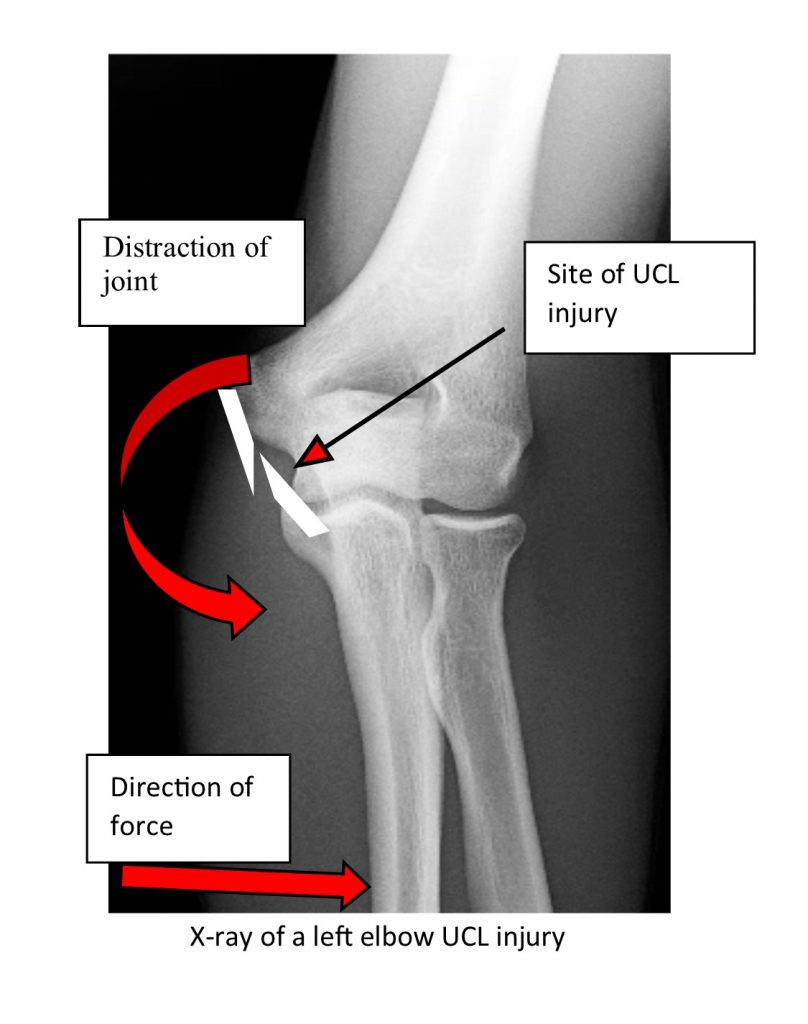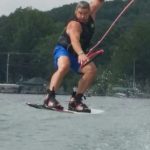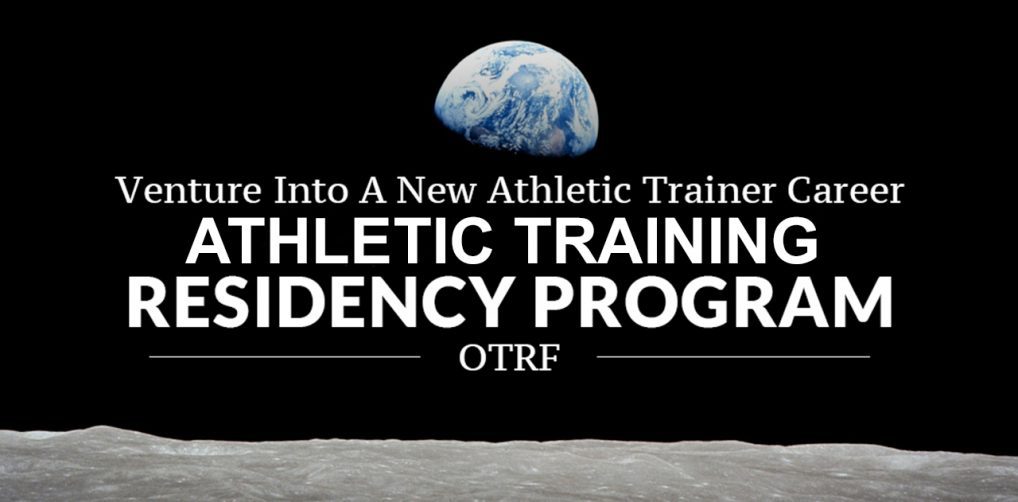
Cardinals pitcher benched with throwing injuries for second straight year
Cardinals pitcher Alex Reyes’ surgery to repair a latissimus dorsi tear ensures he will miss a second consecutive season. Reyes, who sat out the 2017 season following Tommy John surgery (ulnar collateral ligament repair) on his left elbow is not expected to return until the 2019 season, Cardinal team physicians reported. Reyes’ collection of injuries began in February of 2017 with a slight discomfort in the elbow which progressed to severe elbow pain. Tommy John surgery was recommended when MRI imaging revealed that Reyes had torn his ulnar collateral ligament (UCL).
According to Dr. Steven Chudik with the Steven Chudik MD Shoulder, Knee and Sports Medicine Injury Clinic in Westmont and Western Springs, Ill., the ulnar collateral ligament functions to maintain the normal relationship between the humerus (upper arm bone) and the ulna (one of the forearm bones), especially when throwing. With repetitive stress of overhanded throwing, this ligament may gradually stretch out over time or the ligament can suddenly tear. When damaged, the UCL usually does not heal, rendering it too loose to function properly. This results in pain and loss of velocity and accuracy with throwing. Surgery is usually indicated for people who wish to return to throwing or who are having persistent pain and symptoms after a UCL tear.
Dr. Chudik performs Tommy John surgery through a limited incision on the inside of the elbow. Depending on the case, he may also inspect the elbow joint arthroscopically using a small camera. Typically, the original ligament is stretched out or is not repairable, so a tendon graft is needed to reconstruct the UCL. Usually a tendon from the forearm or the knee is taken from a small incision to make a new UCL. Most orthopedic surgeons then pass the new UCL (tendon graft) through tunnels that they drill in the ulna (forearm bone) and the humerus (upper arm bone) to place the UCL in its original position; however, Dr. Chudik developed his own technique that avoids drilling large holes/tunnels into the bone, which causes bone injury and can lead to fractures or complications for future care. He reattaches the UCL graft to the surface of the bone, restoring the correct anatomic position of the UCL and avoiding the risk of fracture to the bone because of bone tunnels. UCL reconstruction surgery can restore function to the elbow and allow throwers to return to their sport, but they may not always achieve the same level of performance after surgery.
Initially, Reyes’s second injury was thought to be a less severe muscle strain; however, the strain proved to be a torn latissimus dorsi and Reyes underwent surgery to reattach the tendon. Surgical treatment works best immediately following the injury, as a prolonged period between the injury and surgery allows for the torn tendon to retract, making it more difficult to repair the injury. While surgery allows athletes to eventually return to the playing field after four to six months of rehabilitation, several research studies have suggested that non-surgical treatment of latissimus tears also may allow patients to return to their sports as well. Non-surgical treatment usually begins with a period of rest along with several exercises geared at restoring the shoulder’s range of motion. Additionally, cardiovascular fitness exercises and musculoskeletal strength and conditioning exercises may be added into the regimen. Finally, a throwing program is implemented, and athletes may be able to return to their sport after successful completion of physical therapy.
To stay safe and avoid injury during the season, Dr. Chudik recommends incorporating the suggested guidelines below into your everyday practice routine:
- Appropriately warm-up and stretch before practice and competition
- Maintain appropriate conditioning, including arm, forearm, and wrist flexibility as well as overall muscular strength and endurance
- Perform a pre-season interval throwing program
For a copy of an age-specific interval throwing program from by Dr. Chudik, email him at contactus@chudikmd.com and provide the age of the athlete and an email or mailing address.
If you or someone you know is suffering from elbow or shoulder pain and want to be evaluated by Dr. Chudik, you can schedule an appointment on his website at stevenchudikmd.com/schedule-online/, email contactus@chudikmd.com/, or call his office at 630-324-0402.









